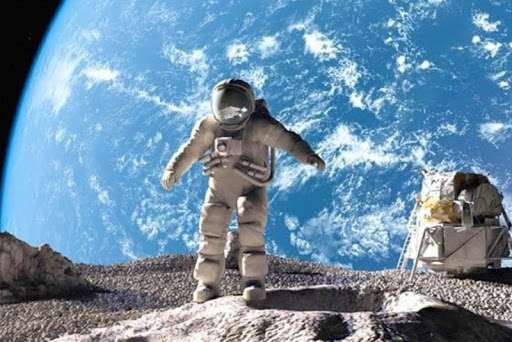One in three would like to go into space – these are the results of recent surveys. More often than others think about it people with incomes above 80 thousand rubles a month, says research service SuperJob – however, such a salary is not enough. To look at the Earth from orbit now have to pay more than a billion and a half rubles, or more than $ 20 million. Throughout history only seven people went on space tourism trips, they paid from $20 to $35 million. Recall the history of space tourism.
“Challenger” starts the engines: there is gray smoke coming from the right booster, the booster casing is burning due to damage to the o-ring. This will be understood later by analyzing the launch video. The Shuttle breaks away, and at the 73rd second of launch, at an altitude of about fifteen kilometers, the booster explodes, and the wreckage of the Shuttle falls into the Atlantic Ocean. So tragically, at the end of January 1986, the first experience of a non-professional spaceflight ended. American teacher Christa McAuliffe went into orbit with the Challenger crew under the “Teacher in Space” program. Seven people died because of a technical error, and the U.S. government passed a law banning spaceflight for non-professionals.
The first successful space tourism flight did not take place until 2001. The American entrepreneur Dennis Tito spent almost eight days on the ISS flying around the planet 128 times. He flew to the station with the Russian crew as part of the Soyuz TM-32 mission. On takeoff he had heart problems, and in zero gravity Tito smashed his head on the hatch: “This is the greatest adventure of my life. I had been to heaven and soared like an angel, looking down at Earth. I knew it was going to be a risky adventure and prepared for the worst. But I was euphoric for all six days,” said the first space tourist upon returning to Earth.
The era of space tourism is in the 2000s: the first flight was in 2001, the last one in 2009. During this time, besides Dennis Tito, South African businessman Mark Shuttleworth, an American entrepreneur and PhD Gregory Olsen, the only female space tourist Anousheh Ansari, twice space tourist and software architect Charles Simonyi, the developer of the popular computer game Lineage Richard Garriot and founder of Cirque du Soleil, Canadian Guy Laliberte visited the ISS for entertainment purposes. A total of seven people bear the title of space tourists.
Each flight was accompanied by a long preparation for the tourists, which lasted up to a year. This is cited as one of the reasons why so few nonprofessionals have been in space. The price of a few million dollars for a flight is a small enough investment for billionaires, and there are more than 2,800 of them in the world, but only seven of them dared to go into space. Perhaps it was the time cost that deterred likely travelers.
Today’s companies are designing space tours with a focus on simplicity and high speed of preparation. Instead of a week-long expedition to the ISS, organizers are thinking of a suborbital flight – a short tour at the edge of exiting the atmosphere – about a hundred kilometers above sea level. A few minutes of weightlessness without a year of training and post-space adaptation plan to offer for relatively small money – now they say about the amount of $250,000.
Previously, space tourists were sent only on domestic spaceships “Soyuz”. In the coming years, the situation may change: SpaceX, Blue Origin and Virgin Galactic are planning space tourism missions. Until the last moment, there was also a domestic company CosmoCurs in the market of space walks. It planned to create a reusable suborbital complex for space tourism and build a cosmodrome in the Nizhny Novgorod region. At the beginning of April the general director of the company said that the project was being closed. The reason was given as insurmountable difficulties in coordinating the requirements for the spaceport project with the local authorities and impossibility to obtain from the Ministry of Defense the necessary normative documentation for designing a suborbital tourist rocket.
It is not known exactly when the next space tour will be launched: dates are regularly postponed. One of the dates is called 2023, when a Japanese billionaire and eight volunteers he chooses will fly to the vicinity of the moon.





